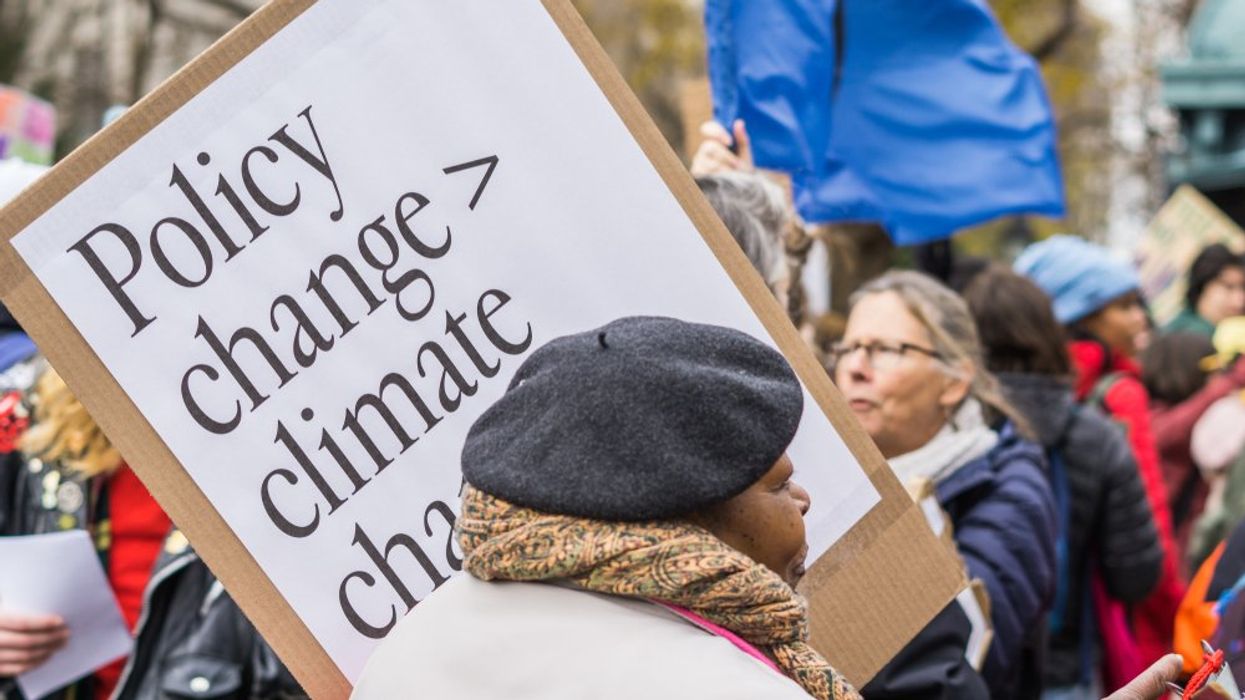Click here for updates on this story
New York (WCBS) — As part of New York's plan to limit its impact on climate change and the health and environmental issues that go with it, the state set out to identify "disadvantaged communities" that could use an extra financial boost to make that happen. This week officials announced that more than a third of the state's communities will qualify.
The Climate Leadership and Community Protection Act (Climate Act), passed in July 2019, was touted as "the most aggressive climate and clean energy initiative in the nation." It mandates the state will reduce greenhouse gas emissions — a key driver for global warming — by 40 percent by 2030 and at least 85 percent by 2050, compared to 1990 levels.
A major component of those plans is emphasizing and achieving climate justice — by identifying a set of "disadvantaged communities" that would get at least 35 percent of the benefits of clean energy and energy efficiency project spending. The plan also requires that the state prioritizes these areas for pollution and greenhouse gas emission reduction.
Since the Climate Act's passage, representations from environmental justice communities in the state have been working to determine how these communities would be identified. They ultimately decided on 45 indicators that include sociodemographic factors, climate change risks and health vulnerabilities.
After nearly a dozen public hearings and thousands of public comments, CJWG approved those criteria on Monday – and ended up finding that more than a third of New York's 4,919 census tracts fit the description.
The CJWG determined that 1,736 census tracts in the state — 35 percent of the total number — deserve "disadvantaged community" status. Those areas are dispersed throughout New York's entirety, from Long Island to New York City to Buffalo.
New York City has the densest concentration of designated communities, with roughly 1,000 areas across its five boroughs being marked with the status. Kings County, home to Brooklyn, has the most designated areas of the boroughs, followed by the Bronx.
The criteria for designation will be reviewed every year, the state said, to ensure the state continues "accurately targeting emissions reductions and investments."
Elizabeth Yeampierre, CJWG member and executive director of UPROSE, said in a press release that the climate group worked "diligently and relentlessly to ensure that our aunties, our children, and those most vulnerable to recurrent extreme weather events were prioritized."
"The recent Intergovernmental Panel on Climate Change report stunned us when they stated we have seven years to do right by people and the planet," Yeampierre said. "Fortunately, in New York, the historic CLCPA has provided us with the opportunity to do so."
California has a similar program that's been in the works since 2012. That year, Senate Bill 535 required that designated disadvantaged communities would get minimum funding levels from the state to help improve public health and reduce pollution, climate change and their impacts. Those designated communities were last updated in May 2022.
The Biden Administration has also adopted a similar policy, launching the Justice40 Initiative just days after Mr. Biden was elected. Under this program, the government established a goal that 40 percent of benefits from certain federal investments, including clean energy, clean transit, housing and workforce development, would go to communities "marginalized, underserved, and overburdened by pollution."
Similar to New York and California, the administration uses a Climate and Economic Justice Screening Tool that looks at census tracts for determining who will be considered disadvantaged communities across all 50 states and U.S. territories.
The-CNN-Wire
™ & © 2023 Cable News Network, Inc., a Warner Bros. Discovery Company. All rights reserved.
- George Floyd Protestors Awarded Millions in New York Police Brutality Settlement ›
- Bling Empire: New York's Blake Abbie on LGBTQ+ Asian Representation ›

















































